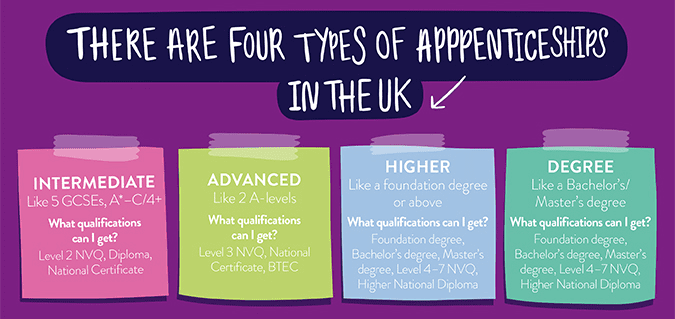There are many routes for young people following compulsory education, and not all of these include an academic career at university.
Employers work hard to design apprenticeships to give you all the skills you need to do your job. As an employee of an organisation, apprentices earn a wage and work alongside experienced staff to gain job-specific skills. Apprentices also receive training (usually on a day-release basis) to work towards nationally recognised qualifications. Students from the age of 16 years old can complete an apprenticeship; there are many industries and sectors to choose from.
Key Benefits
- Work alongside experienced staff.
- Gain job-specific skills.
- Earn a wage and get holiday pay.
- Get time for study related to your role.
- Avoid thousands of pounds of student debt.
- Access highly skilled jobs beyond those that university prepares you for.

